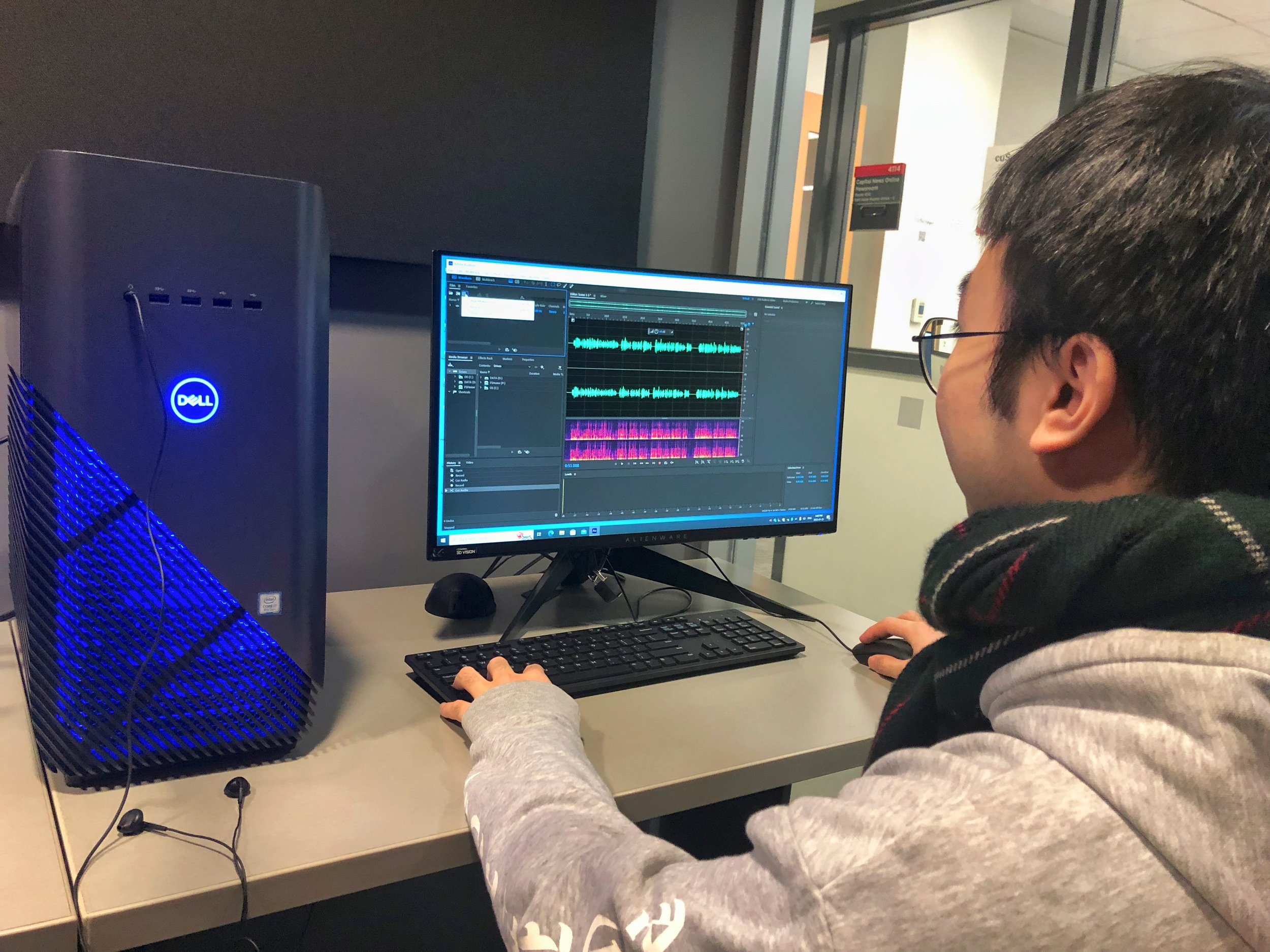
CU@AG VR TOUR
An immersive Virtual Reality experience of roaming Carleton University with learning artworks around campus.
Role
3D Modeller
VR Developer
Responsibility
Manage meetings and team flow
Photogrammetrize + 3D model artworks
Build VR environment with XR interaction
Conduct user test + iteration
Tool
Unity
Oculus Quest
Reality Capture
Figma
💠 Brief
A Virtual Reality tour experience is our primary deliverable in Project CU@AG.
Customers of the CUAG who have access to VR headsets will be able to virtually explore CUAG artworks located all over the Carleton campus and take part in an immersive, yet interactive, journey that will ultimately lead them to the CUAG.
💠 Result
💠 Design Task
#1 Partner’s Pain Points
Difficult to locate CUAG
Unawareness of artworks
Lack storytelling
#2 Task
Build VR Campus including models of buildings and artworks.
Offer interactive narrative, increase participants’ interests to art by offering
Prepare text and audio introduction of each artwork, improve multi-sensory experience
Provide route guide to each artwork and the art gallery.
💠 Design Process
#1 Ideation
#2 User Flow
Instead of using the entire campus model, we are going to make multiple scenes which cover certain scaled area in order to lead users focusing on artworks rather than the surroundings. In the VR tour, user will teleport to other scenes through portals.
#3 Low-Fidelity Wireframe
#4 Asset Preparation
Carleton Immersive Media Studio (CIMS) offered us Carleton’s campus model. As we are only using a part of the model, focusing on artworks’ areas, we are going to break down the entire model into minor scenes with only buildings and landscape around artworks.
To prepare the models for artworks, we are taking workshops of photogrammetry to take photos of artworks and import photos to RealityCapture to produce models.
We recorded audio descriptions for artworks to reach accessibility in content delivery.
💠 Problem Solving
🚩Difficult to locate CUAG
🚩Unawareness of artworks
We highlighted the route to CUAG in VR. Participants can meet every artwork as well as the gallery by following the lines.
🚩Lack storytelling
We wrote artworks’ bio after researching each art piece’s archive and artist’s background.
To improve sensory experience, we also recorded audio introduction.
Our group collected plenty of user feedback in symposium. While participants felt excited about the project and educated by the stories, they did experience pains in the journey. We summarized the top problems that participants reflected:
Motion sickness is a tough problem. Besides model rendering and device fps rate, every person feels differently when they experience immersive 3D content. It’s a big challenge for us and technology. Thus, in addition to improve our environment’s visual quality, we are studying together with the industry to develop VR products that can make every customer comfortable.
Considering many participants didn’t have VR experience before, we will make a tutorial video to assist participants to understand operations and explain device again before they play.
💠 Challenge and Future
Motion sickness
Unfamiliar with VR device
Stuck and disconnection





